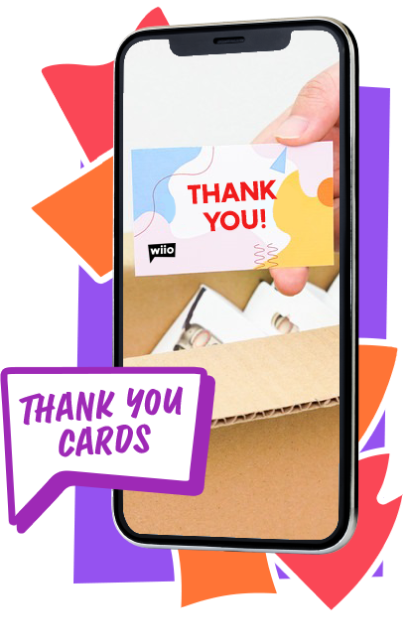AGENTE DE VENDAS
Com a Wiio, você terá um agente de vendas para ajudá-lo a ter sucesso no dropshipping internacional.

Com a Wiio, você terá um agente de vendas para ajudá-lo a ter sucesso no dropshipping internacional.
Com a Wiio, você pode pedir exatamente o que precisa e evitar o excesso de estoque e os custos de armazenamento.
Com a Wiio, você pode manter mais dos seus lucros e reinvesti-los no crescimento do seu negócio.

Com a Wiio, você tem acesso a uma ampla variedade de produtos para escolher, assim você pode selecionar produtos que se encaixem perfeitamente na sua marca e público-alvo.

A Wiio busca apenas produtos de alta qualidade com preços imbatíveis, para que você possa oferecer aos seus clientes o melhor valor possível.

Com a Wiio, você pode armazenar seus produtos gratuitamente por até 90 dias.

2024澳洲幸运5开奖历史记录查询 澳洲幸运5开奖官网开奖号查询 澳洲5最新开奖记录结果号码 A equipe de suporte ao cliente amigável e especializada da Wiio está sempre disponível para ajudá-lo com qualquer dúvida ou preocupação que você possa ter. Estamos comprometidos em fornecer um serviço e suporte de alta qualidade aos nossos usuários.
Para aproveitar, tudo que você precisa fazer é se CADASTRAR e um agente entrará em contato com você.





Para aproveitar, tudo que você precisa fazer é se CADASTRAR e um agente entrará em contato com você.
Na Wiio, estamos comprometidos em ajudar você a fazer crescer o seu negócio. Vamos ajudá-lo a diferenciar sua marca, aumentar a fidelidade do cliente e impulsionar suas vendas ainda mais do que você está fazendo atualmente.
e leve seu negócio de dropshipping para o próximo nível!